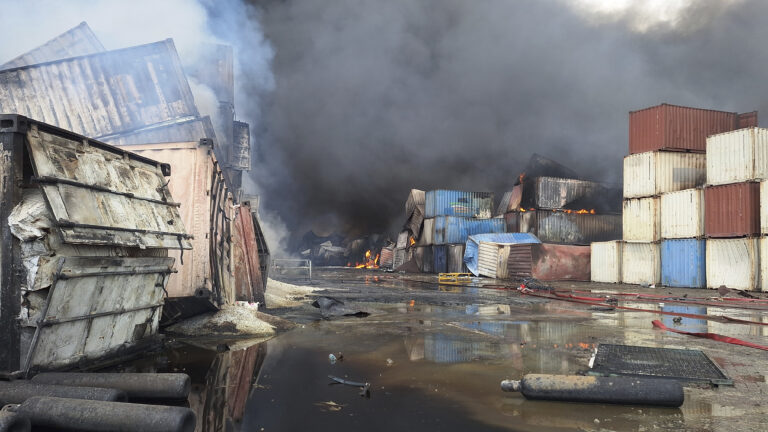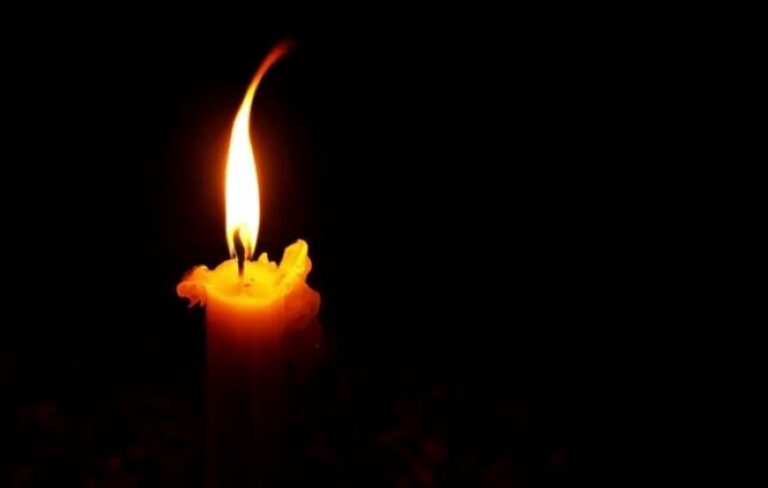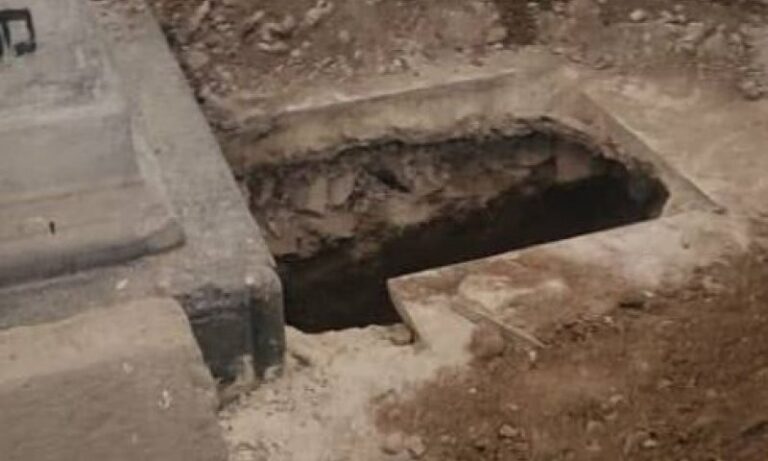Dental cleanings are essential in keeping your smile in peak condition. Your hygienist relies on an arsenal of tools to remove plaque and tartar build-up, polish your teeth, and help you stay healthy.
Scalers come in various forms to remove surface deposits on teeth while curettes have hook-like ends to scrape between your roots and reach areas that brushes or floss can’t reach. Both tools help ensure maximum effectiveness for their use in dental hygiene practices.
To find a qualified dentist near you, consider searching for “dentists іn Newmarket.”
Mouth Mirror
A mouth mirror allows a clinician to examine different areas of a patient’s mouth from various angles and view their teeth from all directions. They can also aid with indirect vision; lip, cheek or tongue retraction or illumination of dark areas.
Clinists can use portable magnification mirrors to help detect craze lines within teeth or calculus deposits that may be difficult to see with traditional overhead light sources. Fogging may occur; warming the mirror with saliva or commercially available solutions may alleviate this issue.
Prophy Cup
Prophy Cups are specially-crafted to hold adequate amounts of prophy paste, reduce splatter and provide easy access to hard-to-reach areas. Their soft and flexible designs flex to conform to tooth contours for selective stain removal and interproximal cleaning with reduced operator fatigue.
Screw-type webbed prophy cups attach directly to a special polishing dental handpiece and come in multiple sizes and types, including ribbed and woven versions. Choose latex-free models if your patients suffer from allergies or sensitivities.
Air-Water Syringe
These tips deliver precise streams of air and water for use in various dental procedures, including drying tooth surfaces after cleaning and providing clear views for restorative work to be performed.
Metal air and water syringe tips must be regularly cleaned and sterilized to avoid cross-contamination. Unfortunately, they often develop pits and fissures in which bioburden accumulates.
Studies have demonstrated that used non-disposable metal air and water syringe tips harbour bacteria even after multiple rounds of cleaning and sterilization; flushing prior to sterilization did not significantly decrease bacterial contamination levels.
Scaler
Regular brushing and flossing remove most of the plaque biofilm from your teeth, while some remains hardens into tartar that requires special dental tools to remove.
Scalers feature either pointed or curved tips with which they can reach between your teeth and below the gumline to scrape away buildup without harming tooth surface. Some have even finer tips that can reach into periodontal pockets or re-infected areas of the root, reaching deeper into these spaces for removal of plaque buildup.
Dental Mirror
Mouth mirrors allow hygienists to assess both the front and back surfaces of teeth as well as other parts of the mouth. They help illuminate hard-to-see areas while protecting from injury during tongue and cheek retraction procedures.
Hygienists need to be able to see all edges of your teeth and surrounding gum tissue clearly so they can remove any areas of plaque or tartar effectively. While regular dental mirrors are effective tools, front-surface mirrors offer a better image with reduced distortion and reduce glare from external light sources – not to mention they’re also reusable and can even be auto/Chemiclaved!
Curette
Curette is the primary instrument used in performing curettage to remove cerumen. This pen-like tool features an ergonomic handle with an interchangeable tip of various shapes, sizes and materials that allows users to perform cerumen removal with minimal discomfort.
This instrument features one end that is curved like a spoon and the other end is pointed, to enable it to locate plaque and calculus deposits in tight crevices. It is commonly known as a hand scaler.
Polisher
Your hygienist will use an electric hand-held device with a rubber cup dipped into either fine, medium, or coarse-grit tooth polishing paste to polish your teeth after cleaning them in order to eliminate any remaining plaque build-up.
Hygienists also utilize a porte polisher, with its wedge-shaped point designed to access interproximal areas and line angles more effectively and more quietly than rubber cup polishing while producing minimal aerosol, heat, and pressure. Furthermore, porte polishing requires less force while being quicker.
Saliva Ejector
Saliva ejectors may prove useful during common dental procedures, yet their power to contain aerosol dispersion remains limited. Therefore, any particles released could stay in the air long after patients have left and pose risks to other members of staff even after they’ve left.
Removable saliva ejectors should be thoroughly inspected, cleaned and lubricated prior to every use. Their bodies and control valve spools may also be autoclaved according to manufacturer specifications.
Sickle Probe
Hygienists use a sickle probe (also called a dental explorer) to detect cavities and other oral issues. This long metal stick features an end-hook for exploring pockets between your teeth as well as scraping away plaque or tartar accumulations.
This tool may look intimidating with its sharp hook, but it is safe and can help your hygienist eliminate all hardened plaque deposits left by brushing and flossing alone. In addition, a saliva ejector makes the work of your hygienist easier by sucking up excess saliva or water from your mouth for them.










